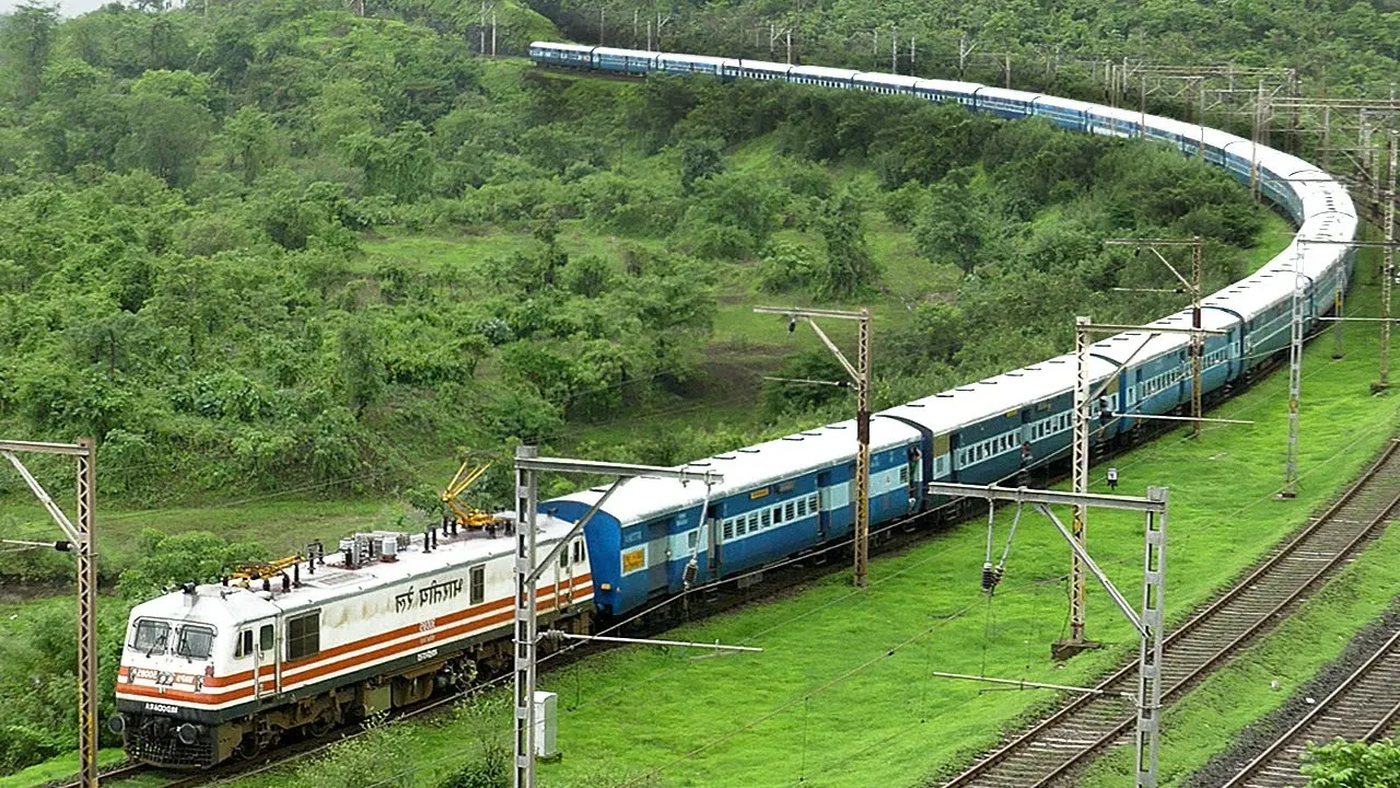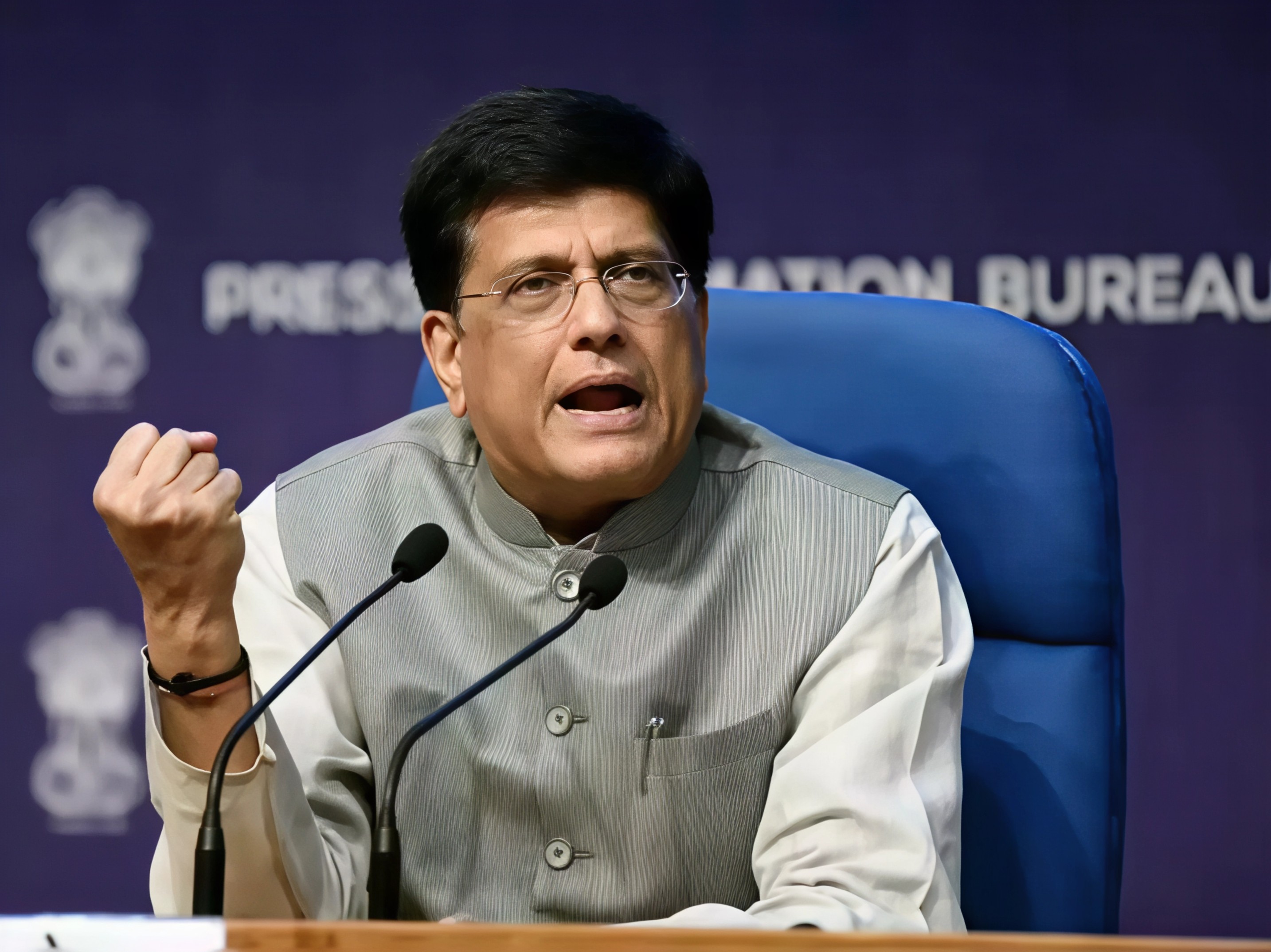Sikkim All Set to Get Its First Railway Station After a Long Wait of 49 Years
Sikkim, which was the only Indian state without railway access, is on the brink of a breakthrough. The upcoming railway station signifies a monumental leap forward in connectivity, promising immense benefits for the region. Now, with the advent of the eagerly awaited Sikkim first railway station, the state is poised to enter a new era of development and integration with the national railway network.
Significance of the Railway Station
Deputy Railway Manager of Alipurduar, Amarjeet Agrawal, elucidated the profound significance of the Rangpo station. Serving both tourism and defence purposes, this railway project holds immense potential in bolstering Sikkim's infrastructure and fostering economic growth. The introduction of Sikkim's first railway station is set to redefine transportation dynamics, enhancing accessibility for locals and tourists alike.
Phases of the Project
The ambitious railway project unfolds in three pivotal phases. Commencing with the Sevoke to Rangpo rail project, it progresses to connect Rangpo to Gangtok and culminates with the Gangtok to Nathula leg. Each phase brings Sikkim closer to realizing its long-awaited dream of railway connectivity. The development of the Sikkim first railway station marks a significant milestone in the completion of this multi-phase endeavour.
Integration into the Sivok-Rangpo Railway Project:
The forthcoming Sikkim railway station is an integral component of the Sivok-Rangpo railway project, initiated in October 2009. Stretching approximately 45 km, this project aims to bridge the connectivity gap and facilitate seamless travel between West Bengal's Sivok and Sikkim's Rangpo. The inclusion of the Sikkim first railway station underscores the project's broader objective of fostering regional connectivity and development.
Unique Features of Teesta Bazar Railway Station
Mohinder Singh, the project director, shed light on the distinctive attributes of the Teesta Bazar railway station. As potentially India's first underground railway station in the broad gauge Indian Railways system, it epitomizes innovation and strategic connectivity, catering to passengers traversing between Darjeeling and Gangtok. The integration of modern infrastructure and technology exemplifies the commitment to ensuring a world-class transportation experience.
Technological Advancements in Project Execution
The Sivok-Rangpo railway project leverages cutting-edge technology to overcome geographical challenges. With the application of the latest NATM technique for tunnelling, coupled with meticulous planning, the project promises to deliver unparalleled efficiency and safety standards. The incorporation of advanced methodologies ensures the timely completion of Sikkim's first railway station, setting a benchmark for future railway projects in the region.
Enhanced Connectivity and Accessibility:
The impending inauguration of the Sikkim railway station heralds a new era of enhanced connectivity and accessibility for the region. Bridging the gap in transportation infrastructure paves the way for economic development, tourism promotion, and cultural exchange. Sikkim's first railway station will serve as a gateway to the state, facilitating seamless travel and fostering socio-economic growth across diverse sectors.
What does the future of connectivity look like?
The imminent establishment of Sikkim's first railway station symbolizes a monumental milestone in the state's history. As Sikkim embraces progress and modernization, this railway project stands as a testament to the collective aspirations and resilience of its people. With the advent of Sikkim's first railway station, the state embarked on a journey towards greater connectivity, prosperity, and development, laying the foundation for a brighter future for generations to come.








